Welcome to the enchanting world of Feng Shui, where the flow of energy reigns supreme and your brand-new snake plant can take center stage. If you’re new to Feng Shui, incorporating these principles into your home may feel like learning a new language. But fear not! We’re here to guide you on where to place your snake plant to infuse your space with positive vibes.
Table of Contents
Unleashing the Positive Potential of Your Snake Plant
The beauty of the snake plant lies in its versatility – it can thrive in almost any corner of your home. With its low-maintenance nature and adaptable placement preferences, integrating it with Feng Shui is a breeze. So, let’s dive deeper into how you can incorporate your snake plant into different living spaces to enhance positive energy.

Where to Place a Snake Plant for Good Feng Shui
An easy way to use the snake plant for Feng Shui is by positioning it in locations that correspond to Bagua areas of your home. Bagua refers to the energy map of your indoor space, which is believed to influence various aspects of your life. Snake plants not only add aesthetic value but are also thought to invite positive energy into your living spaces.
According to Feng Shui principles, many houseplants have nourishing qualities and can provide healing energy when placed strategically. Here’s a closer look at the recommended locations for your snake plant to maximize Feng Shui benefits:
Your Home Office
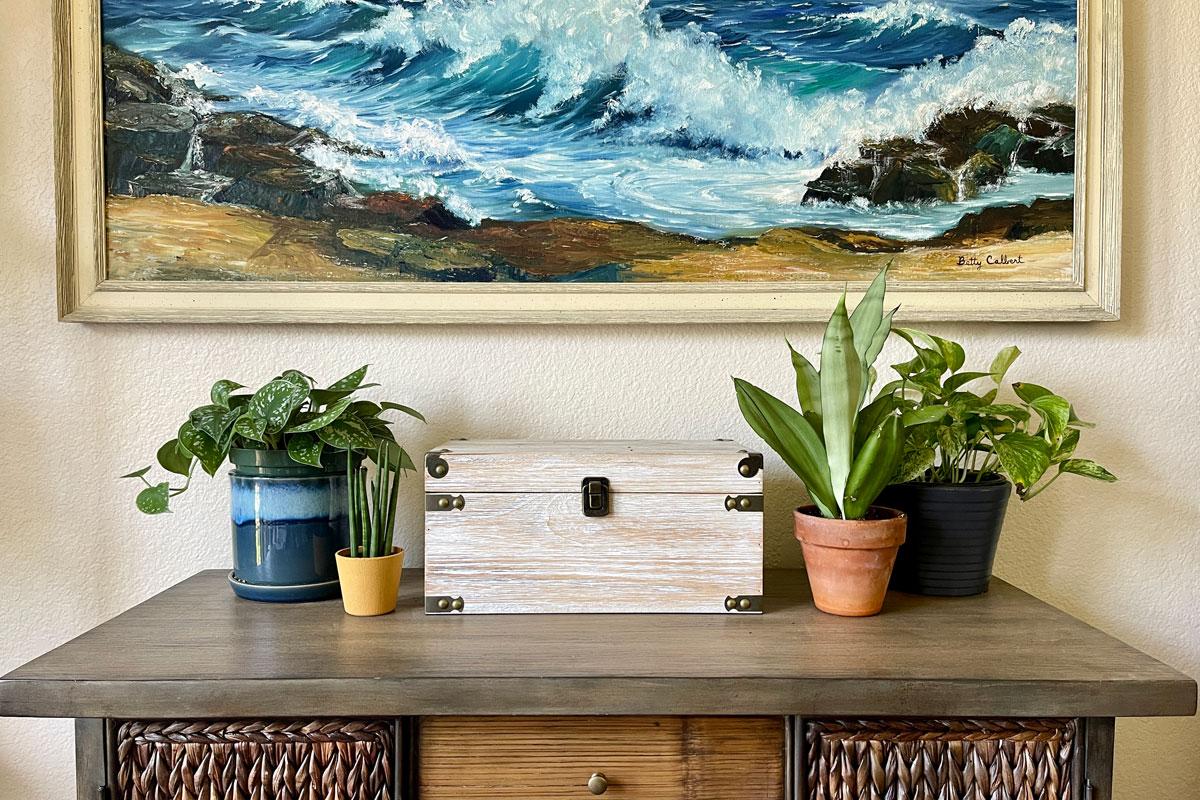
In your home office, placing a snake plant can enhance your ability to concentrate and stay productive. This area is known as the Wen Chang area in Feng Shui. You can position the snake plant on your desk, windowsill, or bookshelf to reap its benefits.
Rooms in the South Area
Rooms in the south area of your home belong to the Fire element in Feng Shui. Placing your snake plant in this area can enhance the Fire energy of your home, boosting courage and decision-making abilities. However, if your snake plant is large, avoid placing it in the southwest area, as it may bring negative energy according to Feng Shui principles.
Living Room and Entry Halls
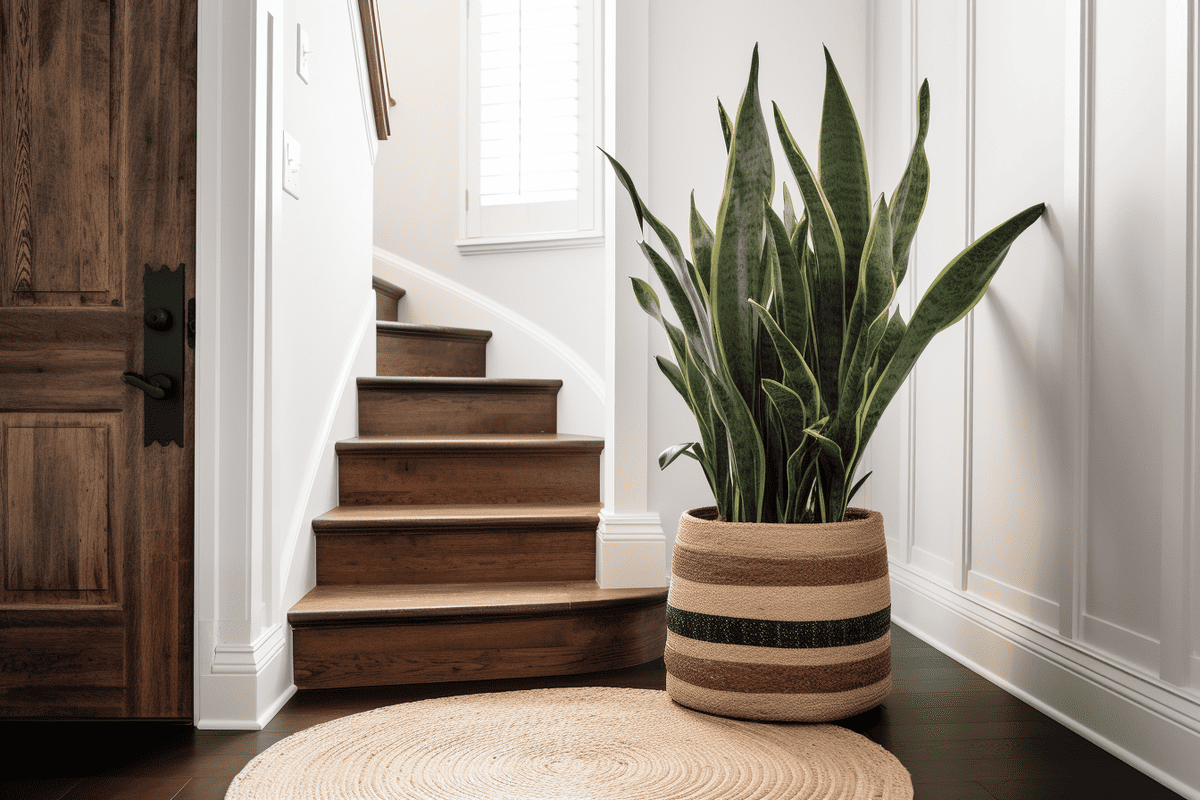
Living rooms and entry halls are perfect places for indoor plants, including snake plants. Placing them in these areas enhances the overall ambiance of the space and benefits all occupants. Install your snake plant on entry hall windowsills, living room tables, mantels, or shelves. You can even place a large snake plant right at the front door for a grand welcome.
Rooms in Southeast and East Areas
In Feng Shui philosophy, rooms in the southeast and east areas of the home are associated with the Wood element. Indoor plants, including snake plants, are considered living Wood elements that can enhance the energy in these areas. Placing plants here can boost creativity, motivation, and productivity. However, be cautious with large snake plants, as they may create excessive energy.
The Dining Room
Placing plants, including snake plants, in the dining room can bring wealth and prosperity to your home. Some experts even recommend including fruit-bearing plants to increase the chances of reaping rewards. You can position snake plants of various sizes on the dining table, picture mantle, shelving, or windowsills.
Things to Avoid
Fake Snake Plants
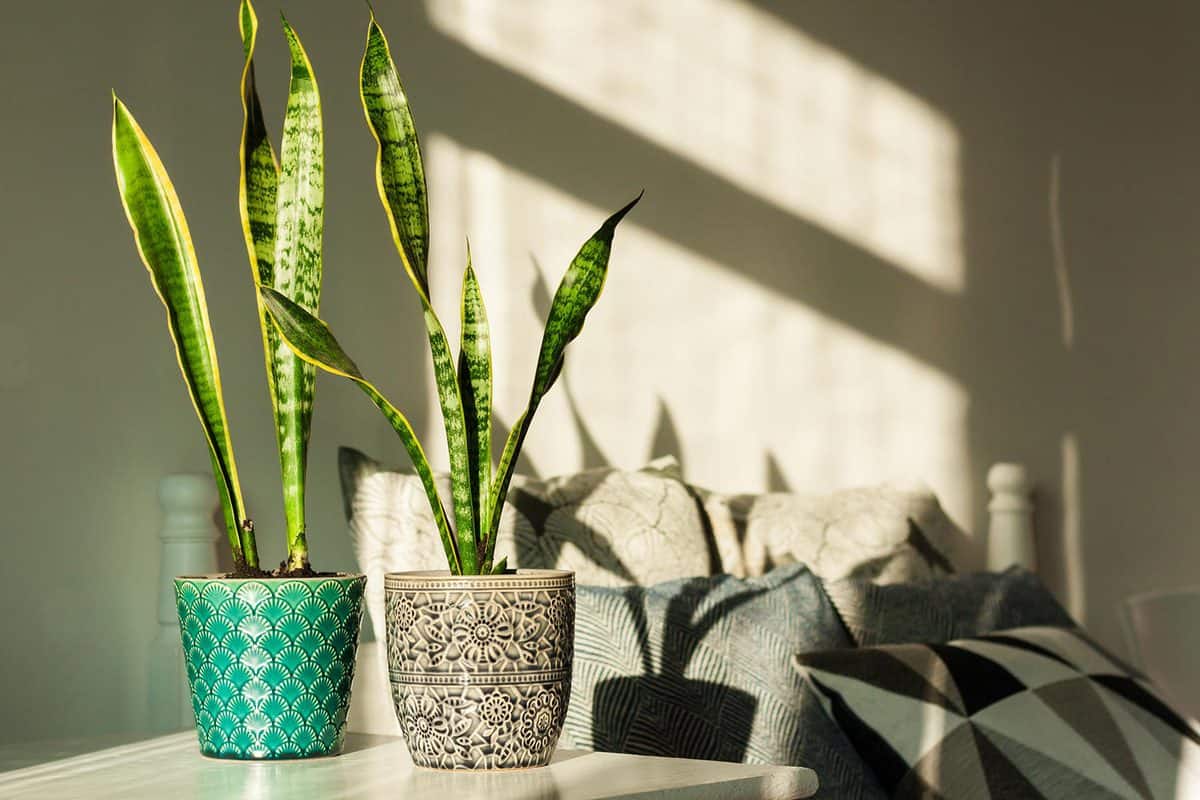
While fake plants offer a low-maintenance alternative for home decor, they aren’t ideal for Feng Shui. Fake plants may not possess the positive energy vibrations that genuine snake plants offer.
Dying Snake Plants
Placing neglected or dying snake plants around your home can invite negative energy. Snake plants are generally hardy and require minimal maintenance. However, if your snake plant shows signs of ill health, take steps to revive it. If revival isn’t possible, it’s best to remove it from your home.
Keeping Your Snake Plants Upright

To keep your snake plants thriving and upright, provide them with the care they need. If you notice droopy leaves, consider these two common causes and solutions:
Root Rot & Overwatering
Overwatering is a common issue that can lead to droopy leaves. Snake plants require minimal watering, and reducing frequency to once or twice a month may help. Check the relative humidity in your home as well, aiming to keep it below 60%.
Bad Soil & Inadequate Drainage
Damp soil or lack of proper drainage can also cause droopy leaves. Repotting your snake plant with well-draining soil, enriched with perlite or peat moss, can improve drainage and revive the plant.
Snake Plants at Night
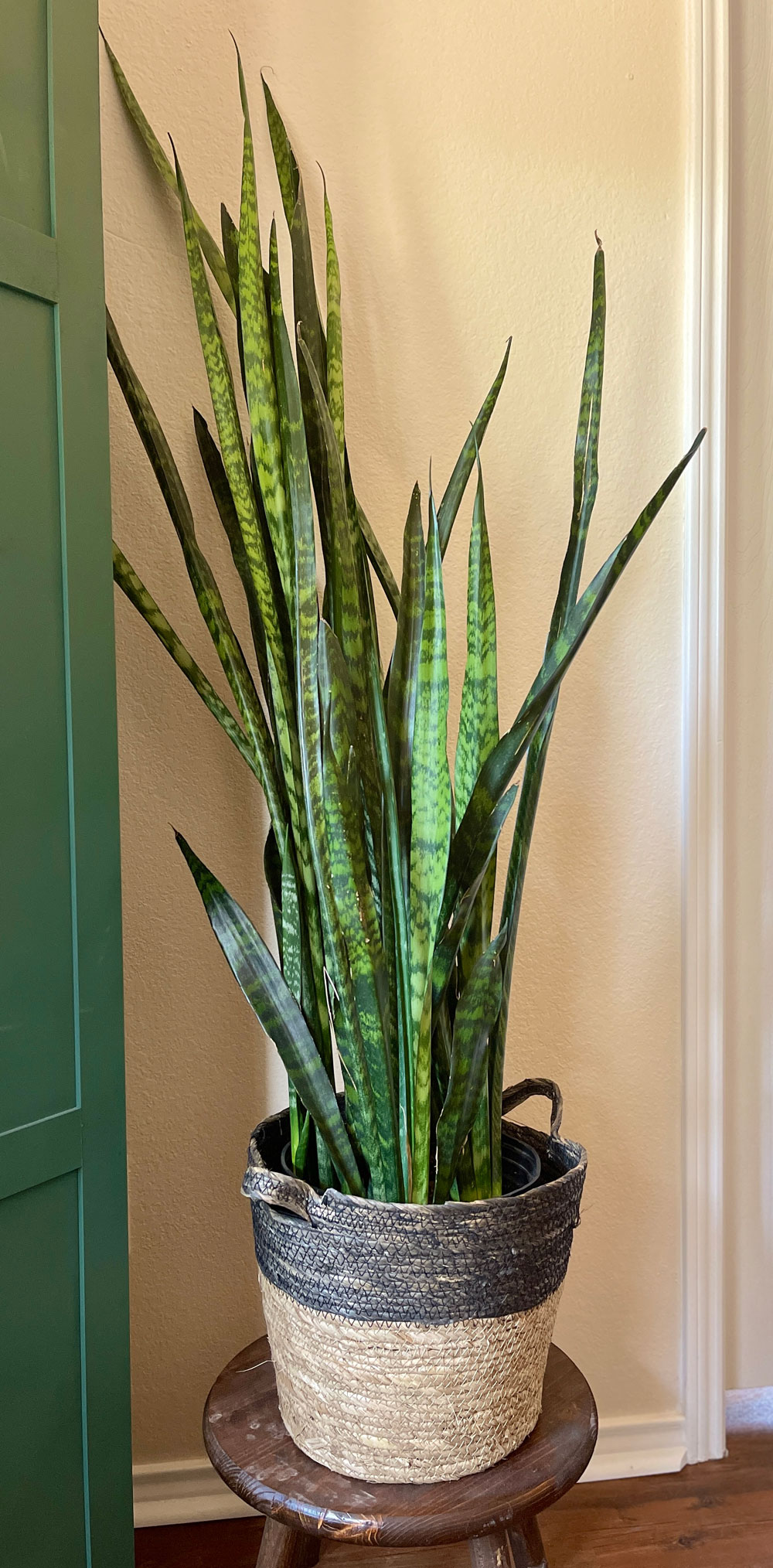
Snake plants are known for producing oxygen and converting carbon dioxide into oxygen, particularly at night. This makes them ideal for bedroom placement, as they contribute to air purification. Snake plants are also approved by NASA as excellent indoor plants for purifying the air. Cleaner air can help prevent headaches, allergies, and dry or irritated eyes.
Snake Plants and Good Luck
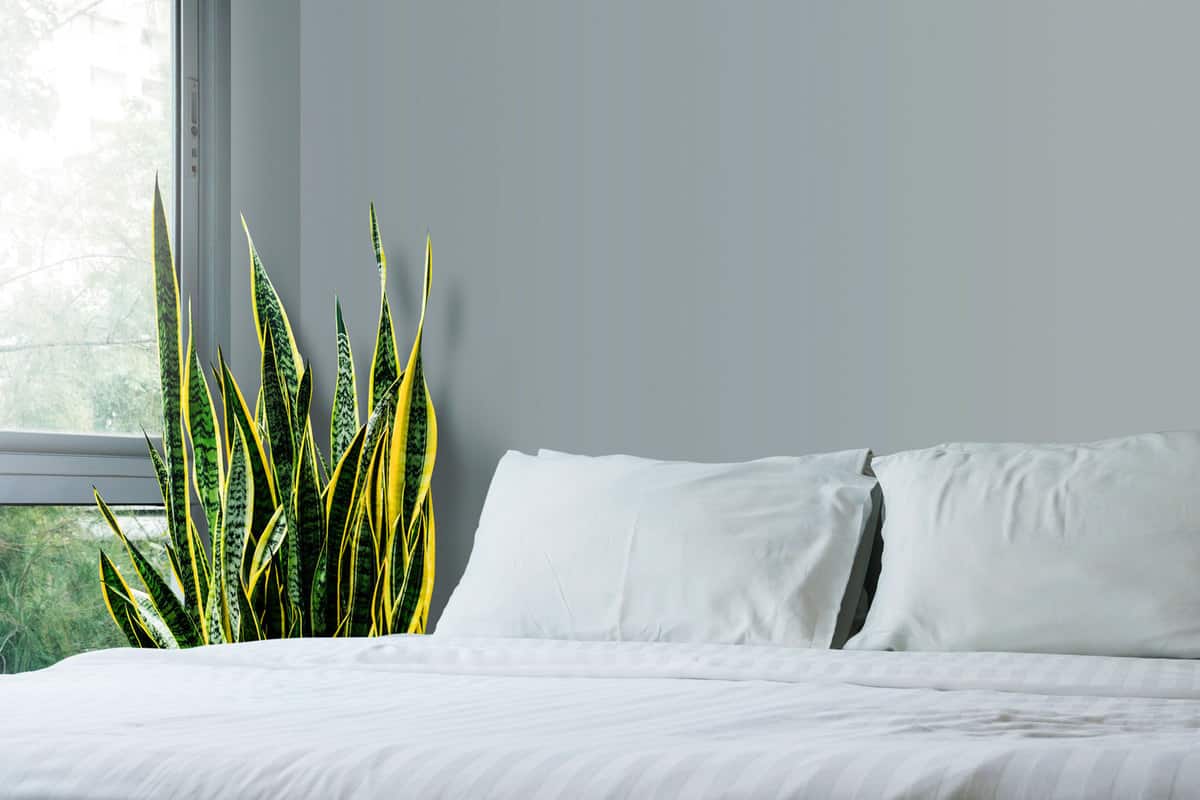
According to Feng Shui principles, snake plants are associated with good luck. Their air purification qualities contribute to positive energy. Placing a snake plant in the right location can shield your home from negative energy and solidify positive energy. The sword-like shape of the snake plant represents upward-growing Chi, and its strong Wood element energy combats nearby negative energy.
Plants in the Bedroom

While experts’ opinions differ, many agree that plants can be placed in the bedroom. The Wood energy they bring cultivates kindness and healing. However, some experts believe plants with higher water requirements are better suited for areas that need Water energy.
Wrapping Things Up
In conclusion, snake plants align with the main principles of Feng Shui and can be placed in various locations in your home. If you’re interested in learning more about snake plants, check out these articles:
Embrace the positive energy and aesthetic appeal of snake plants in your home. Your journey towards a harmoniously styled living space starts here!


